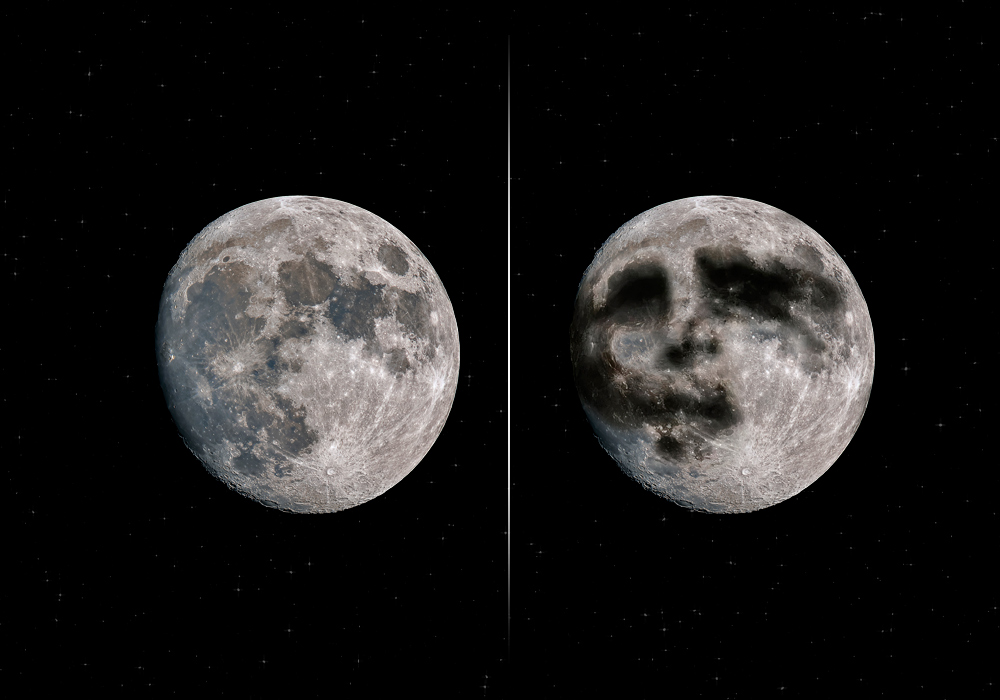The “Man in the Moon” is a widely recognized phenomenon where people perceive the face of a man within the patterns on the moon’s surface. This curious and imaginative observation is a classic example of pareidolia, a psychological tendency that leads humans to see familiar shapes, such as faces, in random or ambiguous visual stimuli. Stay with Spaceyv
What Causes the “Man in the Moon”?
The illusion of the “Man in the Moon” arises from the interplay of the moon’s darker and lighter regions. These features, known as maria and highlands respectively, create the appearance of eyes, a nose, and a mouth when viewed from Earth.
- Maria: These are vast, dark basaltic plains formed by ancient volcanic eruptions. They cover about 16% of the lunar surface and are primarily found on the near side of the moon, which faces the Earth.
- Highlands: These are lighter, heavily cratered areas that are composed mainly of anorthosite, a type of rock. The highlands are the moon’s oldest terrain, having been shaped by billions of years of meteor impacts.
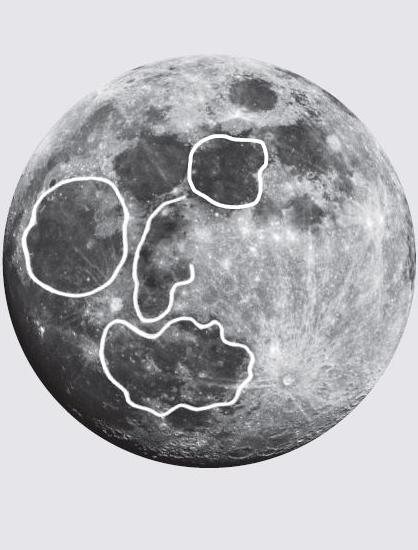
The contrasting shades and textures between these regions create the visual impression of a face. This perception has been recognized across various cultures, each offering unique interpretations:
- Western Cultures: Often, people in Western societies see a human face or a man carrying a bundle of sticks.
- East Asian Cultures: In countries such as China and Japan, the pattern is commonly seen as a rabbit pounding mochi, a traditional rice cake.
- Mesoamerican Cultures: Some cultures in Mesoamerica also perceive the image of a rabbit on the moon.
Why do people see faces in the Moon?
People see faces in the Moon due to pareidolia, a psychological phenomenon where the brain recognizes familiar patterns, especially faces, in random or ambiguous stimuli. The Moon’s contrasting light and dark areas create shapes that resemble facial features, triggering this recognition.
What people see in the Moon around the world?
- Western Cultures: Often see the “Man in the Moon,” depicted as a human face or a man carrying a bundle of sticks.
- East Asian Cultures: Commonly see a rabbit pounding mochi (a type of rice cake), especially in Chinese and Japanese folklore.
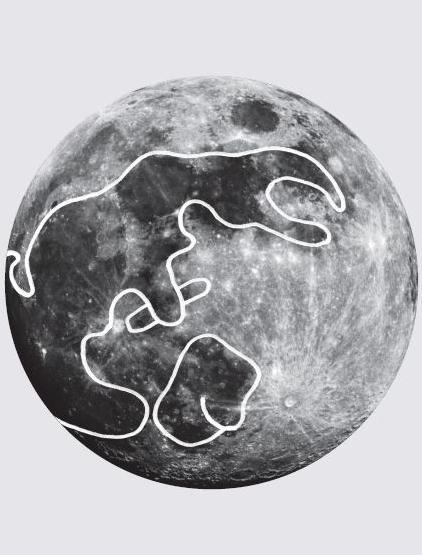
- Mesoamerican Cultures: Some cultures see a rabbit, reflecting their unique mythologies and stories.
- Indigenous Australian Cultures: Some see a figure of an emu in the sky, using the dark spaces of the Milky Way and the Moon’s patterns.
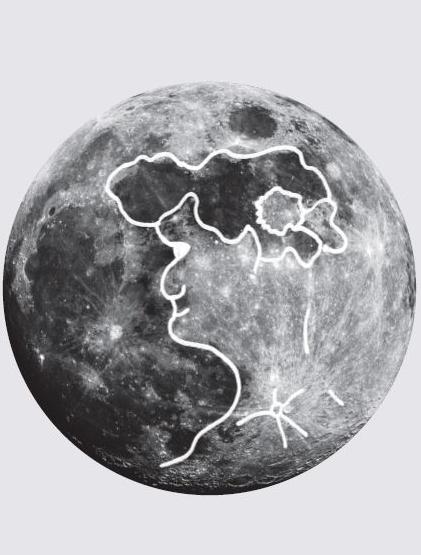
- African Cultures: Various interpretations exist, including stories of a man banished to the Moon for gathering firewood on forbidden days.
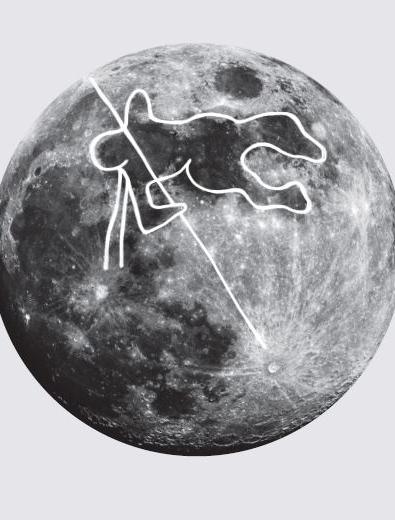
- Native American Cultures: Different tribes have varied interpretations, including seeing a woman weaving or a frog.
The Science Behind Pareidolia
Pareidolia is the phenomenon responsible for our tendency to see the “Man in the Moon.” This cognitive bias is deeply rooted in human psychology, driven by our brain’s predisposition to recognize faces. This trait is thought to have evolved as a survival mechanism, helping early humans quickly identify friends, foes, and faces in their environment.
Our brains are incredibly adept at identifying facial patterns, even with minimal visual information. This capability extends beyond just recognizing faces; it allows us to find meaningful patterns in a wide array of visual stimuli, from clouds to the surface of the moon.
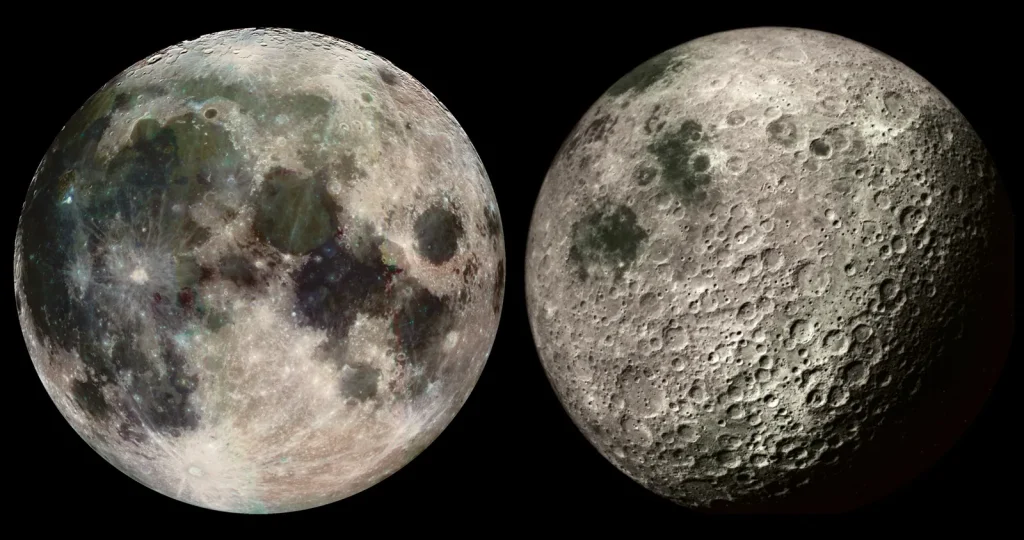
Cultural Significance
The “Man in the Moon” has inspired countless myths, legends, and artistic representations throughout history. Each culture’s interpretation of the moon’s features reflects its unique traditions and beliefs. For example:
- In European folklore, the “Man in the Moon” is often depicted as a solitary figure, sometimes as a punishment for a misdeed.
- In Japanese mythology, the rabbit on the moon is seen pounding mochi in a celestial mortar, symbolizing industriousness and prosperity.
- In Native American legends, the rabbit is also a common motif, often associated with various creation myths and stories.
Is man on the moon now?
No, there are no humans currently on the Moon. The last manned mission to the Moon was NASA’s Apollo 17 mission, which took place in December 1972. Since then, there have been no human landings on the Moon.
However, various space agencies, including NASA, are planning future missions to send humans back to the Moon. NASA’s Artemis program aims to return astronauts to the lunar surface, with the goal of landing the first woman and the next man on the Moon by the mid-2020s.
Conclusion
The “Man in the Moon” is a fascinating example of how human perception and cultural imagination can transform simple geological features into enduring symbols and stories.
By understanding the scientific basis of pareidolia and appreciating the rich tapestry of cultural interpretations, we gain a deeper insight into how we connect with and interpret the natural world around us.
Whether you see a man’s face, a rabbit, or another figure entirely, the moon continues to inspire wonder and creativity in the human mind. thanks for staying with Spaceyv , join us today everything for you .

